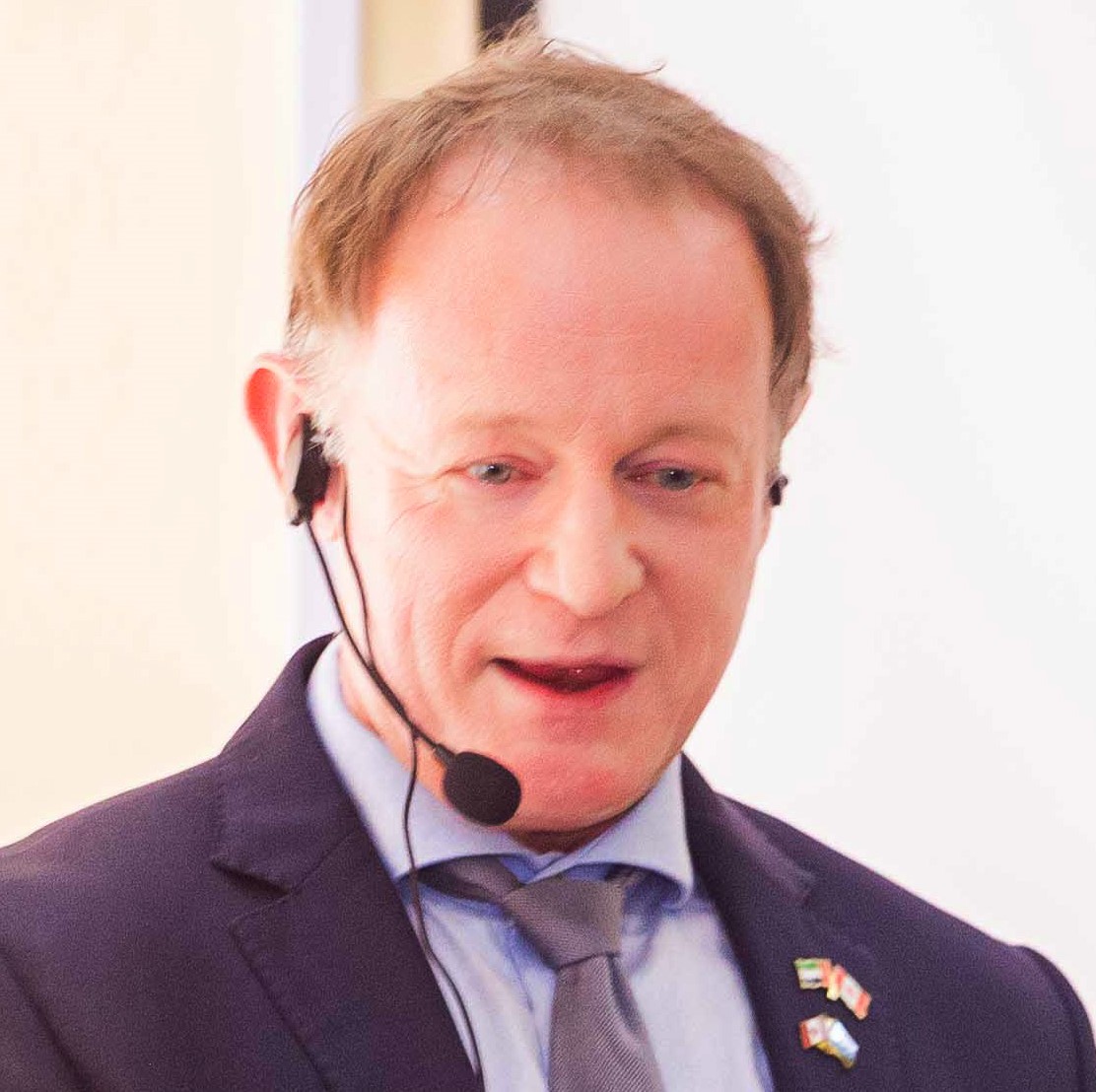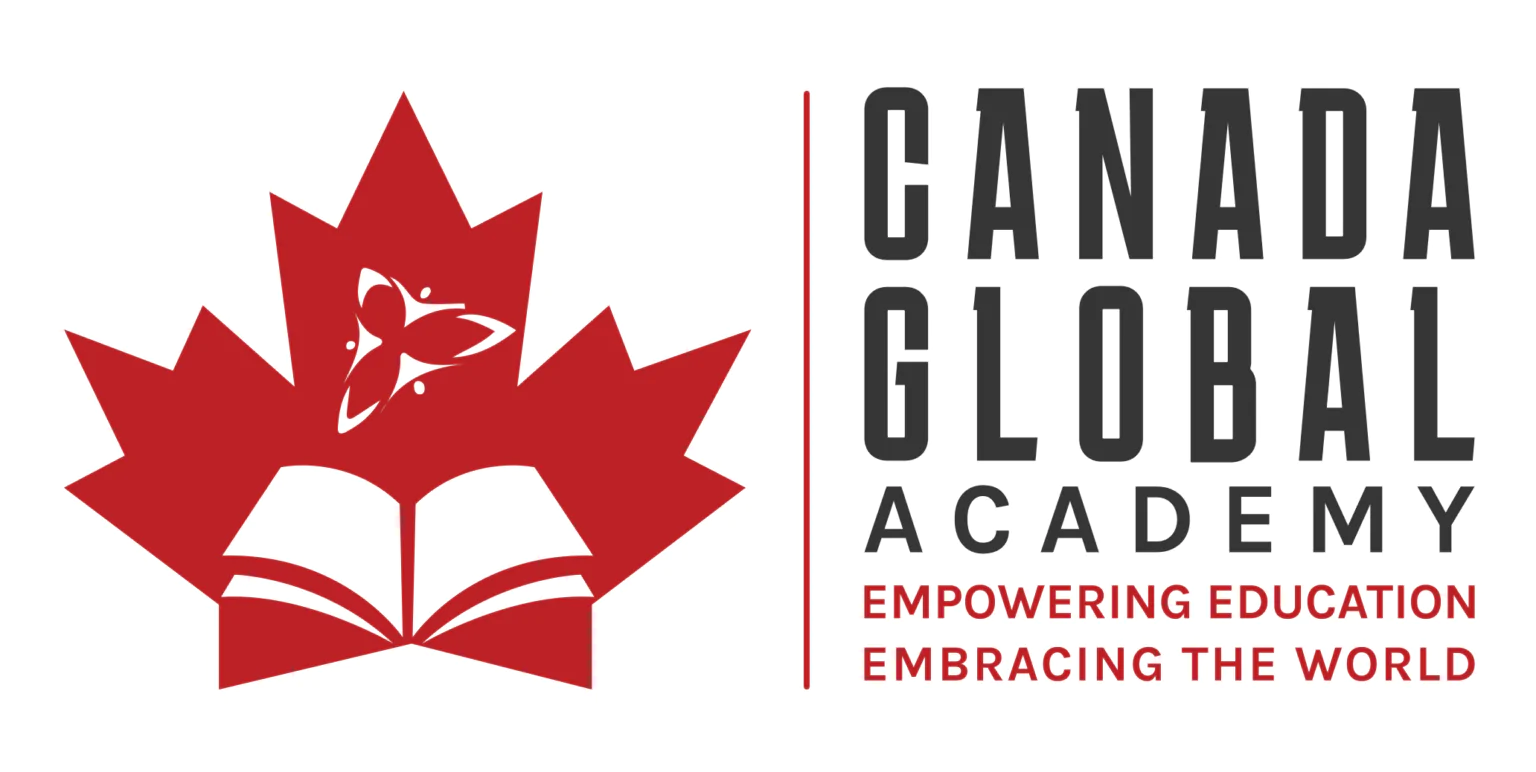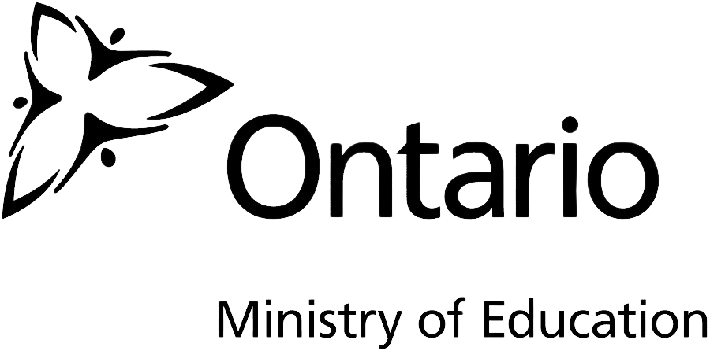
Martin Doherty is the CEO of Ethos Education & Canadian Global Academy : the exclusive authorized provider of the renowned 3rd globally ranked Ontario Ministry of Education‘s curriculum and Digital Learning Platform outside of Canada. He is also the founder the cutting edge magazine, Education Distruptor.
Through our School Partnership Program, we empower schools worldwide to attain Canadian Accreditation, providing the opportunity to establish themselves as Canadian Accredited schools. Additionally, home-based businesses can run their own Canadian Accredited Micro-School. Contact us today to learn more!
Related Posts
- 5 Key Cybersecurity Strategies for K-12 Institutions
Steer your school's digital safety with top cybersecurity methods for robust school risk management. Shield…
- Open House Magic: Strategies for School Tours & Presentations that Impress
Transform your school's appeal with dynamic tours and presentations, elevating School Marketing & Admissions to…




